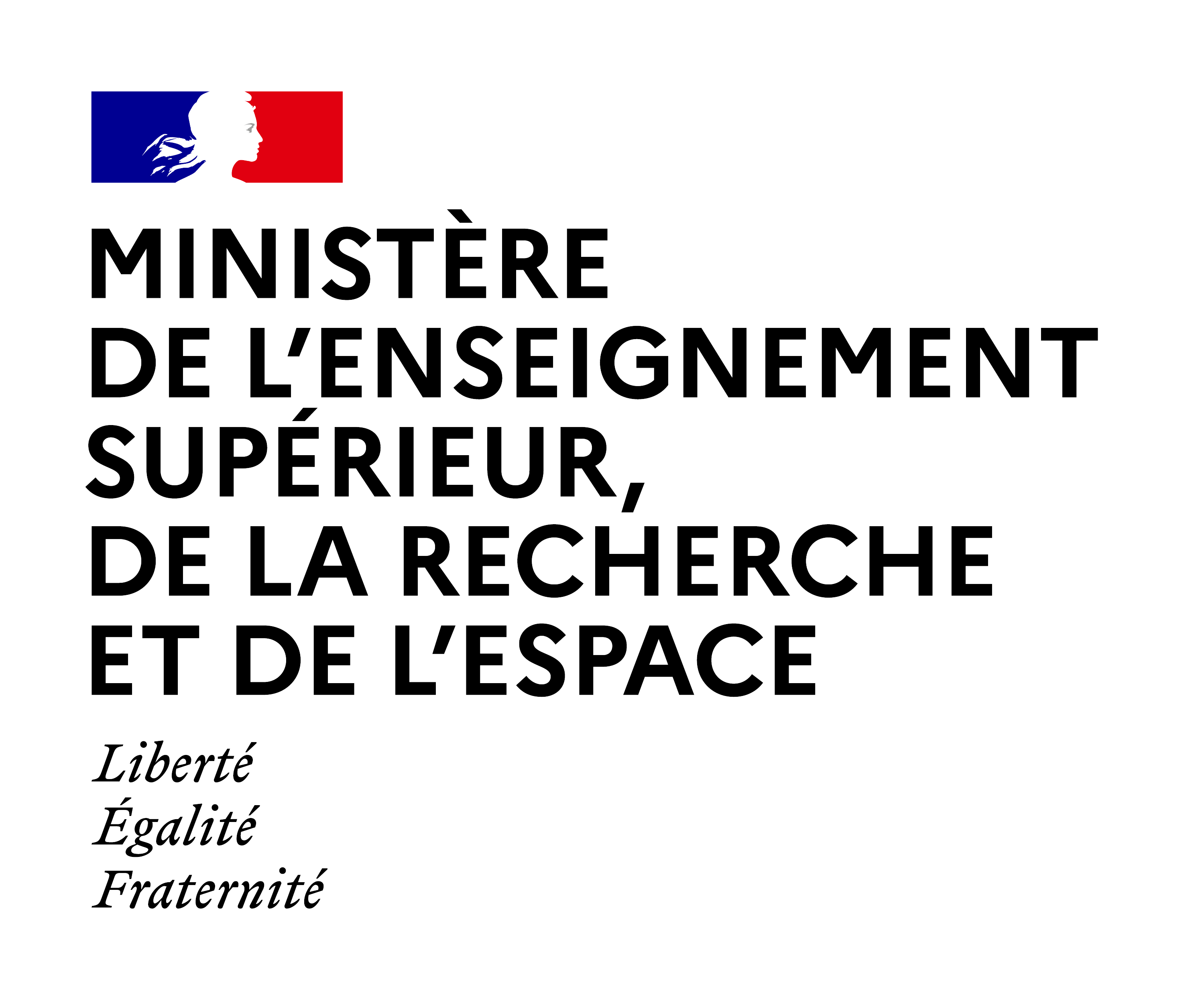Expected Outcome:
Successful proposals will address expected impacts under the Destination ‘Clean environment and zero pollution’ and in line with: the European Green Deal’s zero pollution ambition, the bioeconomy strategy, the chemicals strategy for sustainability, and the chemicals transition pathways, via R&I in bio-based safe-and-sustainable-by-design (SSbD) solutions for a variety of applications. Bio-based solutions’ design and assessment is expected to also go beyond compound/material-level considerations, with an additional reflection on end-use and final application(s).
Projects are expected to contribute to:
- Enable circularity(-by-design) of final products, predominantly in applications where recyclability is currently hindered or very challenging, especially due safety implications;
- In addition to fossil-feedstock substitution, reduce the dependency on or replace harmful substances, in particular in materials and formulations, leading eventually to safe(r) (low human and eco-toxicity) final bio-based products, while meeting overall environmental sustainability requirements;
- Build on a portfolio of promising bio-based solutions showing potential for scaled up production and future market uptake of alternative, safe, circular and sustainable bio-based products.
Scope:
To deliver on the expected outcome, proposals should:
- Perform a wider scoping exercise, including opportunities and challenges, to propose priority areas[1] and which (optimised or novel) bio-based solutions (chemicals, materials) show ‘solid’ potential as safer and sustainable alternatives/substitutes. This ‘exercise’/analysis should especially cover, but not only, areas where substances of very high concern (SVHC), substances of concern, persistent organic pollutants or legacy additives are currently in (end) use (e.g. textiles, plastics value chains);
- Select chemicals/group of chemicals/(advanced)materials/products and justify. Proceed then with design, (process) development and testing (to targeted TRL) of the chosen bio-based alternatives;
- Embed and assess functionality and value chain considerations for any novel solutions designed and developed, providing equivalent or improved functional performance versus existing and specified benchmarks. Functional performance should be assessed together with showcasing benefits on safety and environmental performance.
- Integrate the safe-and-sustainable-by-design (SSbD) framework, developed by the Commission, for assessing the safety and sustainability of chemicals and materials.[2]
- Contribute with and develop recommendations that can advance further the application of the SSbD framework.[3] More specifically, provide thresholds that can support the criteria definition and improvements for the assessment SSbD methodologies, including any specificities related with bio-based chemicals and materials. Recommendations should also include identification of data gaps, especially safety, environmental, but also socio-economic factors, as well as priorities for data collection.
- Contribute with relevant data generated, along targeted value chain(s) (e.g. with regards to the bio-based substance/group of chemical substances or material). Projects have to make data, results and methodologies FAIR. They are also encouraged to link with trusted repositories for data, results and methodologies.
Where relevant, proposals should seek links and synergies and capitalise on the results of past and ongoing EU research projects (including the Bio-based Industries Joint Undertaking (BBI JU) /Circular Bio-based Europe Joint Undertaking (CBE JU)). This topic has important synergies and complementarities with Horizon Europe Cluster 4 calls (including its PPPs) as well as ongoing projects that should be taken into account.[4],[5],[6].
Proposals should also include a dedicated task, appropriate resources and a plan on how they will collaborate with other projects funded under this topic and other relevant topics.
[1] Thematic priority areas can span across one or more of the following critical areas: i) materials functionality (e.g., repelling water, grease and dirt, fire safety, plasticizing) to ii) formulation applications (e.g., preservation, solvents, and surfactants and where relevant also to iii) process applications (e.g., solvents, process regulation agents and surface protection). This list is not exhaustive.
[2] See documents defining the SSbD framework and criteria on: https://ec.europa.eu/info/research-and-innovation/research-area/industrial-research-and-innovation/key-enabling-technologies/advanced-materials-and-chemicals_en.
[3] Idem.
[4] SSbD topics in Cluster 4 WP 23-24, broader than bio-based chemicals and materials: HORIZON-CL4-2023-RESILIENCE-01-21: Innovative methods for safety and sustainability assessments of chemicals and materials (RIA), HORIZON-CL4-2023-RESILIENCE-01-22: Integrated approach for impact assessment of safe and sustainable chemicals and materials (RIA), HORIZON-CL4-2023-RESILIENCE-01-23: Computational models for the development of safe and sustainable by design chemicals and materials (RIA), HORIZON-CL4-2024-RESILIENCE-01-24: Development of safe and sustainable by design alternatives (IA) as well as European Partnership on Assessment of Risks from Chemicals (PARC).
[5] Cluster 4, WP 21-22: HORIZON-CL4-2021-RESILIENCE-01-08: Establishing EU-led international community on safe-and-sustainable-by-design materials to support embedding sustainability criteria over the lifecycle of products and processes, HORIZON-CL4-2021-RESILIENCE-01-11; Safe- and sustainable-by-design polymeric materials, HORIZON-CL4-2021-RESILIENCE-2021-01-12; Safe- and sustainable-by-design metallic coatings and engineered surfaces and HORIZON-CL4-2022-RESILIENCE-01-23; Safe- and sustainable-by-design organic and hybrid coatings.
[6] As appropriate, also consult the future ‘EU Strategic Research and Innovation Plan for chemicals and materials’.





